Archives
- 2025-12
- 2025-11
- 2025-10
- 2025-09
- 2025-03
- 2025-02
- 2025-01
- 2024-12
- 2024-11
- 2024-10
- 2024-09
- 2024-08
- 2024-07
- 2024-06
- 2024-05
- 2024-04
- 2024-03
- 2024-02
- 2024-01
- 2023-12
- 2023-11
- 2023-10
- 2023-09
- 2023-08
- 2023-07
- 2023-06
- 2023-05
- 2023-04
- 2023-03
- 2023-02
- 2023-01
- 2022-12
- 2022-11
- 2022-10
- 2022-09
- 2022-08
- 2022-07
- 2022-06
- 2022-05
- 2022-04
- 2022-03
- 2022-02
- 2022-01
- 2021-12
- 2021-11
- 2021-10
- 2021-09
- 2021-08
- 2021-07
- 2021-06
- 2021-05
- 2021-04
- 2021-03
- 2021-02
- 2021-01
- 2020-12
- 2020-11
- 2020-10
- 2020-09
- 2020-08
- 2020-07
- 2020-06
- 2020-05
- 2020-04
- 2020-03
- 2020-02
- 2020-01
- 2019-12
- 2019-11
- 2019-10
- 2019-09
- 2019-08
- 2019-07
- 2019-06
- 2018-07
-
Increasing number of experimental data reveal that both ROS
2022-08-31
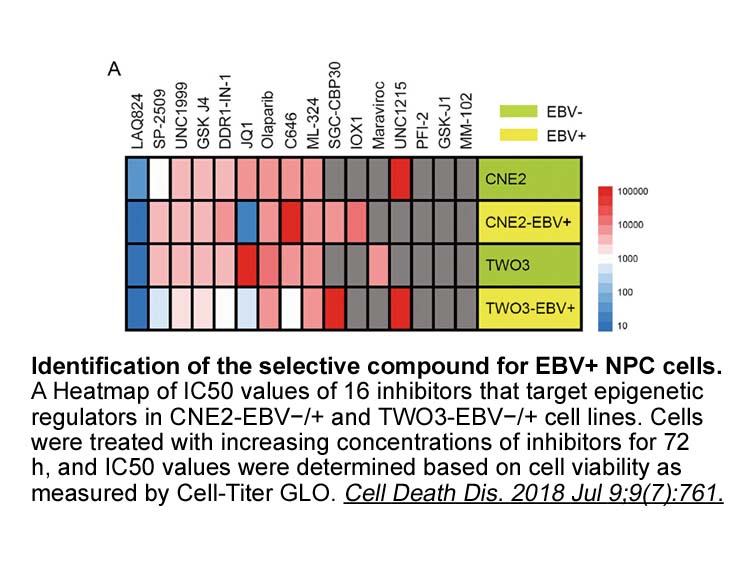
Increasing number of experimental data reveal that both ROS and RNS are multifunctional molecules playing a substantial role in plant physiology and particularly in seed biology (Bailly et al., 2008; Šírová et al., 2011; Yu et al., 2014). Dual function of RNS can be described by the model of “nitros
-
Numerous stimuli lead to inactivation of GSK including Growt
2022-08-31

Numerous stimuli lead to inactivation of GSK-3, including Growth Factors such as EGF (Epidermal Growth Factor), PDGF (Platelet-Derived Growth Factor), BDNF (Brain-derived neurotrophic factor), IGF (Insulin-like growth factor) and insulin (Beaulieu et al., 2009, Chen and Russo-Neustadt, 2005, Cohen a
-
(+)-Catechin hydrate synthesis A similar symbiotic relations
2022-08-31

A similar symbiotic relationship has been reported in the brain, where increased gradients of lactate secreted by astrocytes enables neurons to import and use this nutrient, a process referred to the ‘neuron–astrocyte lactate shuttle’ [16]. Similarly, lactate-based metabolic coupling established by
-
Here we show that lactate activates the Gi
2022-08-31
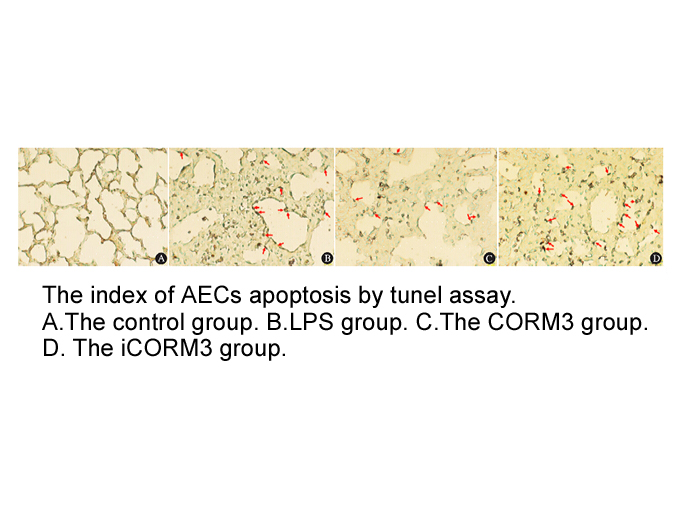
Here we show that lactate activates the Gi-coupled receptor GPR81, which is exclusively expressed on adipocytes, and that lactate released from adipocytes in response to glucose and insulin mediates insulin-induced antilipolysis by activation of GPR81. Results Discussion Nutrients and their m
-
baf312 The dopamine substrate currents IDA IControl were det
2022-08-29

The dopamine substrate currents (IDA – IControl) were determined at different holding potentials (IV curves) in transfected HT22 cells (Fig. 5A). The plot for HT22 cells transfected with DAT exhibited the typical behavior of dopamine transporter currents (Ingram et al., 2002; Sonders et al., 1997),
-
Similarly Somavarapu and Kepp constructed a PS
2022-08-29
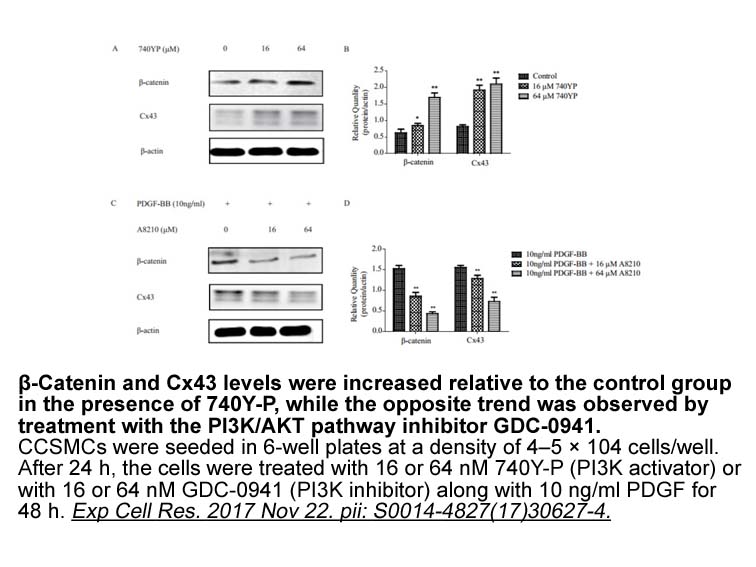
Similarly, Somavarapu and Kepp [29] constructed a PS1 homology model using 4HYG as a template, plus modeling the TM6-TM7 intracellular segment (amino acids 273 to 374). In this study, the authors considered for the first time the mature and immature (not autoproteolyzed) forms of PS1 component, sinc
-
Endothelial cells receive a variety of information from the
2022-08-29
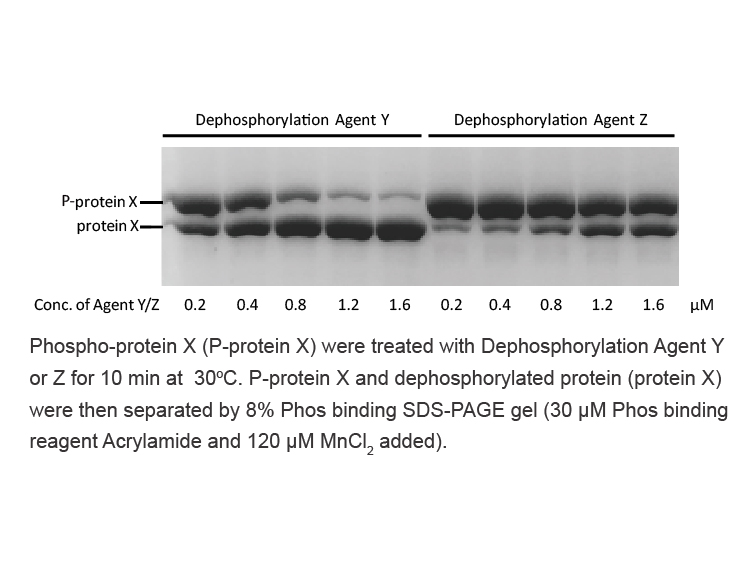
Endothelial cells receive a variety of information from the environment which finally guides them through all phases of neovascularization. Angiogenic signals enhance the proliferation of endothelial cells, upregulated resistance to apoptosis, alterations within proteolytic balance, reorganization o
-
br Development of calibrators and
2022-08-27

Development of calibrators and controls for DiXaIs Method validation and comparison with reference technique (LC:MS) At this stage, anti-Factor Xa bioassays can be established for reliably measuring DiXaI concentrations in plasma, with the available appropriate drug specific calibrators and co
-
To discriminate the peripheral and central involvement of FA
2022-08-27
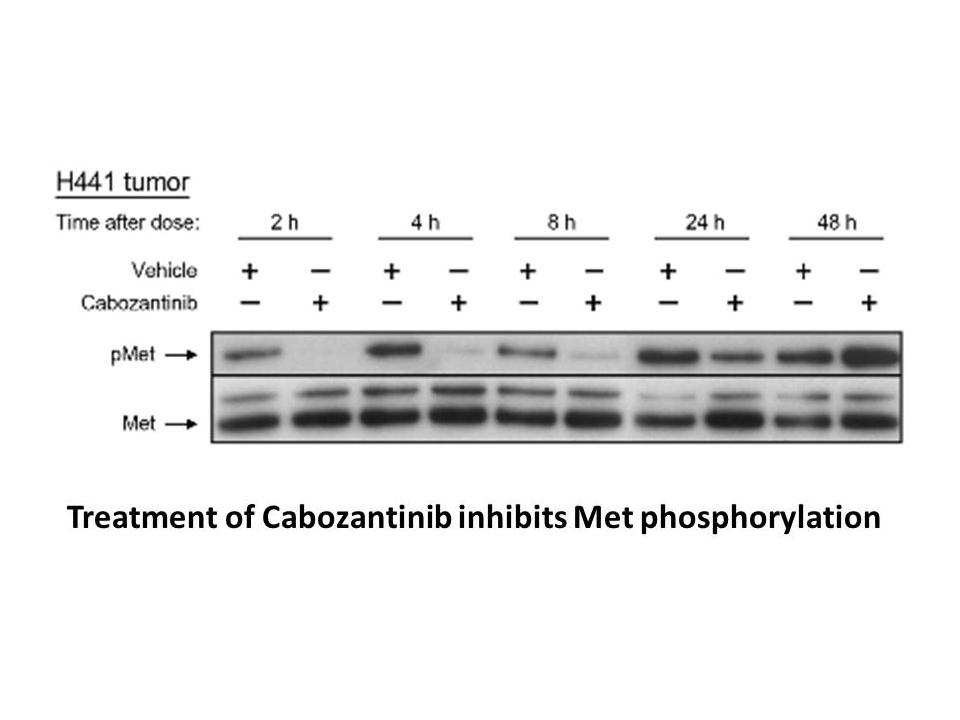
To discriminate the peripheral and central involvement of FAAH in paracetamol action, we proposed a pharmacological strategy challenging the analgesic action of paracetamol observed in an inflammatory context with either a peripherally-restricted FAAH inhibitor (URB937, Clapper et al., 2010, Moreno-
-
It is important to note that histamine H and H
2022-08-26
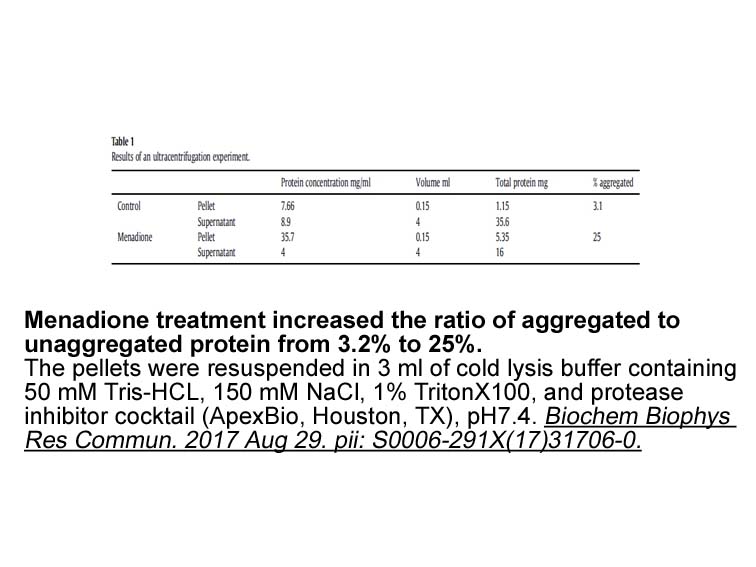
It is important to note that histamine H1 and H2 receptors are coupled to different G proteins and that their crossinterference induced by histamine H1 and H2 receptor inverse agonists depends on the cointernalization mechanism. To date, histamine H1 and H2 receptor inverse agonist have shown to int
-
Synthesis of these hydrazide inhibitors is outlined
2022-08-26
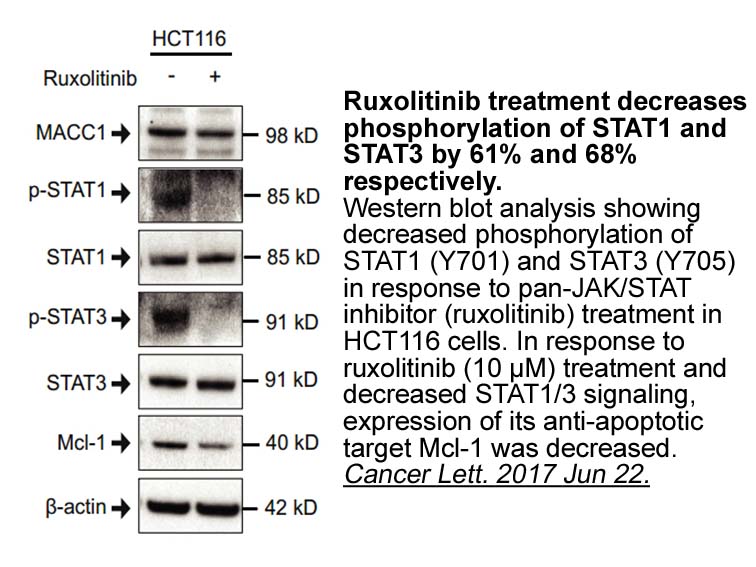
Synthesis of these hydrazide inhibitors is outlined in , . Condensation of Boc-carbazate with desired aldehyde resulted in hydrazone of type which were reduced to alkylated hydrazides using NaBH and toluenesulfonic acid. The resulting alkylated hydrazides were acylated with Tideglusib chlorides or
-
br Materials and methods br
2022-08-26
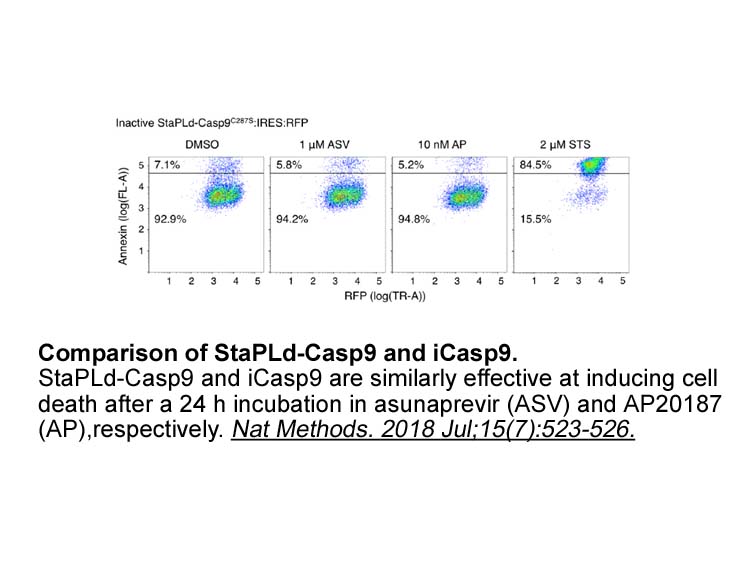
Materials and methods Results Discussion I have identified an alternative transcript of the integrin αE gene that is abundantly expressed in testis. In humans, this transcript (hAED) includes part of intron 26 and exons 27, 29, 30, and 31 of the conventional αE gene and Northern analysis in
-
br Methods br Results and discussion
2022-08-26

Methods Results and discussion Conclusions In this work, 100-ns MDSs were applied on the WT and on the R155K and D168A single point mutations of the NS3/4A protease in the apo form and in complex with ASV, a current drug in phase III clinical trials. According to the PCA, these two mutation
-
Assays can perform differently by genotype
2022-08-26
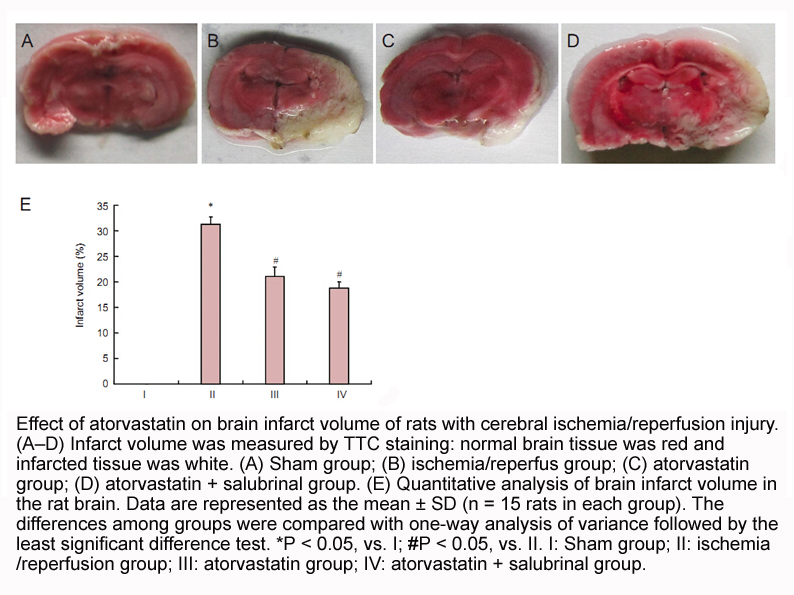
Assays can perform differently by Exendin-3 (9-39) amide synthesis and under-quantification of HCV GTs has been seen with HCV assays [8], [9], [10], [11]. Under-quantification of GT4 has been reported in some early studies of the VERIS Assay [7], [12] where a bias greater than −0.5 log10IU/mL was s
-
Receptor guanylyl cyclases play essential roles in cardiovas
2022-08-26
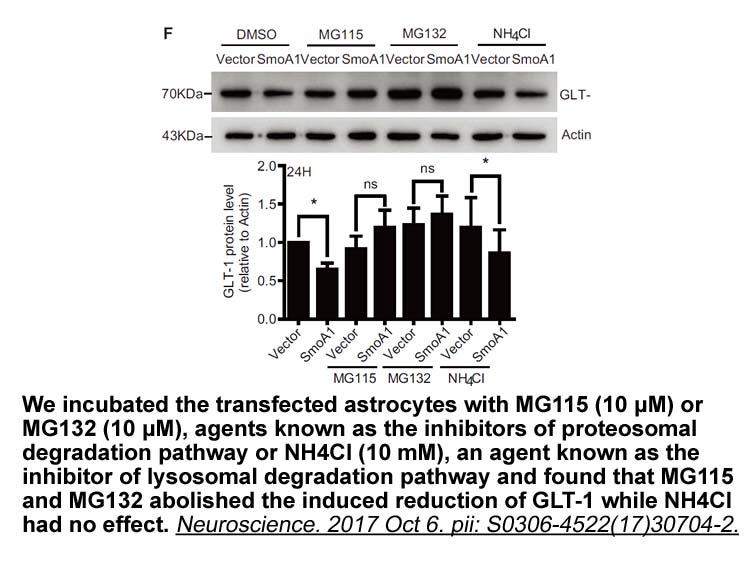
Receptor guanylyl cyclases play essential roles in cardiovascular and gastrointestinal (patho-)physiology, reproduction biology, cell proliferation, bone growth and sensory signal transduction and, therefore, are important pharmacological targets. Accordingly, the receptor guanylyl cyclase agonists
15546 records 411/1037 page Previous Next First page 上5页 411412413414415 下5页 Last page